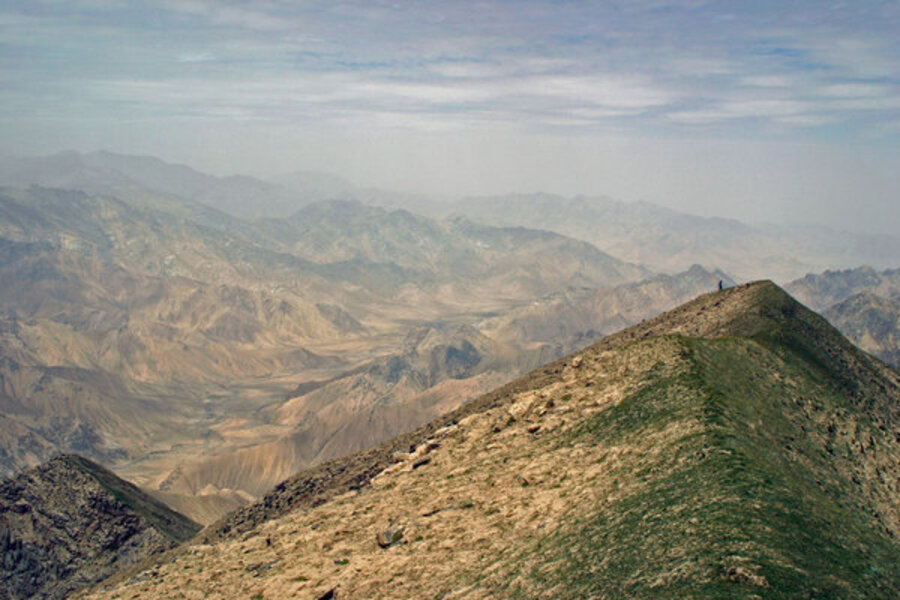Growth of Himalayas slowing down, study finds
Loading...
As Earth's tectonic plates move across the planet's surface, the continents that sit atop them are carried along, sometimes smashing together for many millions of years at a time. As the continents mash against each other, their collision gradually slows.
New research suggests that this slowing may be the work of forces not within Earth's crust, as is generally thought, but deep underneath it.
Understanding the forces controlling the shifting tectonic plates can help shed light on the factors that drive earthquakes and volcanoes, as well as the origins and demise of mountains, oceanic trenches and continents.
Researcher Marin Clarkfocused on India's ongoing collision with Eurasia to gain more insight into these forces.
"The India/Eurasia collision is enormous — it's created the largest landform made in the last 500 million years or so: the Himalaya and the Tibetan Plateau together," said Clark, a geophysicist and geomorphologist at the University of Michigan, Ann Arbor. "The landform's so big, it affects the atmosphere."
Mountain growth
Clark examined geological data from prior studies to analyze how India has moved northward in the last 67 million years. She also investigated the slowly changing height of the land in the collision region.
"The Himalaya and the Tibetan Plateau have grown as India's moved northward, like how a box would get taller if you squeezed it," Clark told OurAmazingPlanet.
Clark determined present rates through global positioning system measurements, and established past rates simply by comparing the size of the Tibetan Plateau with the speed at which India moved northward.
Past research suggested that forces within the crust — ones associated with the growth of the Himalaya and the thickening of the crust beneath the Tibetan Plateau — controlled the slowing of the crash between India and Eurasia. However, Clark discovered that the rate of this collision has decreased exponentially since the two began slamming into each other about 45 million to 50 million years ago. In contrast, the rate of mountain growth in the region has apparently stayed relatively constant from the past to the present.
These new findings suggests the slowing of these converging plates is due to a constant amount of resistance starting about 40 miles (60 kilometers) beneath Tibet in the upper portion of the hot mantle layer that, with the crust, forms the rigid outermost layer of the Earth, called the lithosphere.
End of a geologic era
The convergence eventually will halt in 20 million years, Clark estimated, putting an end to one of the longest periods of mountain-building in recent geological history.
The constant stress and strength of the mantle lithosphere produces resistance that can drive tectonic plate motion regardless of how the surface of the Earth crinkles. Still, it could be that forces in the crust play a major role in other continent collisions, Clark said. She is now analyzing the collision between the Arabian, Indian and Eurasian plates occurring in Iran.
Clark details her findings in the March 1 issue of the journal Nature.






